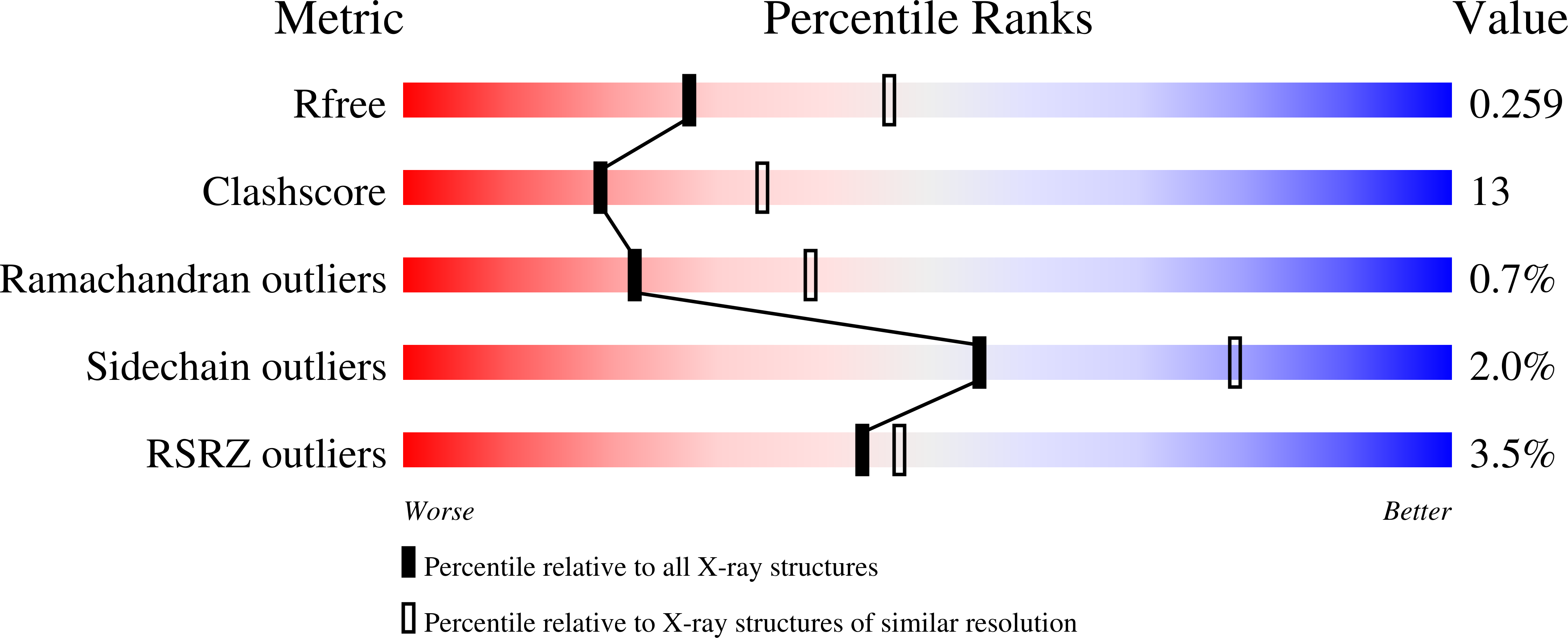
Deposition Date
2023-08-06
Release Date
2024-05-08
Last Version Date
2024-05-22
Entry Detail
PDB ID:
8TPY
Keywords:
Title:
Structure of human hypoxanthine guanine phosphoribzosyltransferase in complex with [2S,4R] 4-Guanin-9-yl-2-hydroxymethyl-1-N-(3-phosphonopropionyl)pyrrolidine
Biological Source:
Source Organism:
Homo sapiens (Taxon ID: 9606)
Host Organism:
Method Details:
Experimental Method:
Resolution:
2.50 Å
R-Value Free:
0.25
R-Value Work:
0.19
R-Value Observed:
0.20
Space Group:
P 21 21 21


